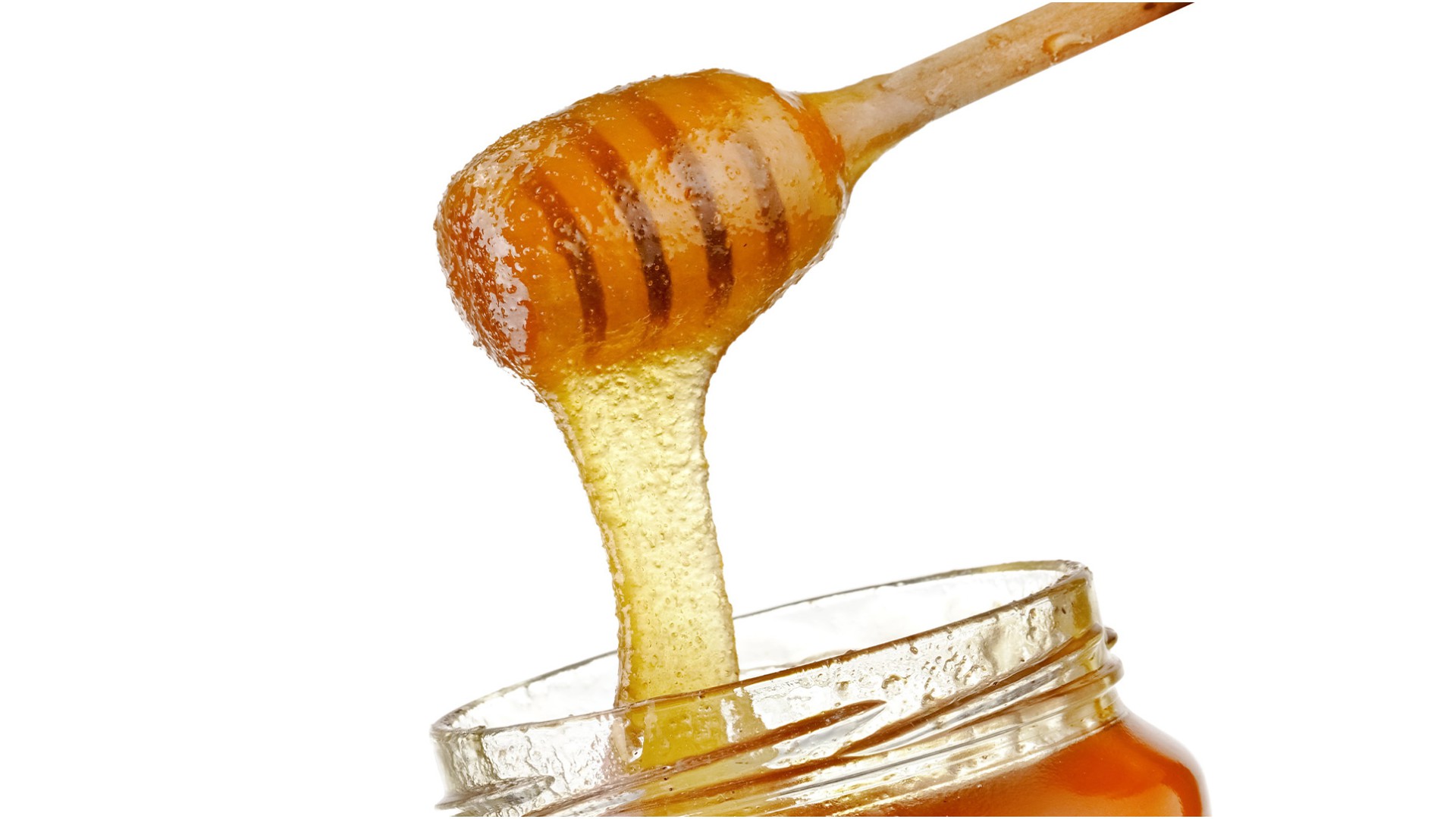The crystallization of honey is little understood by the consuming public. Many assume that crystallized honey is adulterated or “spoiled”, but this is not the case.
Real, raw honey crystallizes, and that is a good thing
The crystallization process is natural and spontaneous. Pure, raw, and unheated honey has a natural tendency to crystallize over time, with no effect on the honey other than color and texture.
What’s more, the crystallization of honey actually preserves the flavor and quality characteristics of your honey. Many honey users prefer it in this state as it is easier to spread on bread or toast. Indeed, some raw honey recipes can be easier to make with partially or fully-crystallized honey.
Crystallized honey tastes richer
When the honey is in a crystallized state, it takes longer to melt on your tongue, allowing all of your taste buds to activate and pick up on the subtleties.
TYPES OF CRYSTALLIZATION
Some kinds of honey crystallize uniformly, while others will be partially crystallized and form two layers, with the crystallized layer on the bottom of the jar and the liquid on top.
Honey also varies in the size of the crystals formed. Some form fine crystals, others large, gritty ones. The more rapid honey crystallizes, the finer the texture will be. Crystallized honey tends to have a lighter or paler color than liquid. This is due to the fact that glucose sugar tends to spread out in dehydrating crystals, and that glucose crystals are naturally pure white. Darker honey retains a brownish appearance.
Hungry for more chemistry?
Honey is a highly concentrated sugar solution. It contains more than 70% sugar and less than 20% water. This means that the water in honey contains more sugar than it should naturally hold. The overabundance of sugar makes the honey unstable. Thus, it is natural for honey to crystallize since it is an over-saturated sugar solution.
The two principal sugars in honey are fructose (fruit sugar) and glucose (grape sugar). The content of fructose and glucose in honey varies from one type of honey to the next. Generally, the fructose ranges from 30–44% and the glucose from 25–40%. The balance of these two major sugars causes the crystallization of honey, and the relative percentage of each determines whether it crystallizes rapidly or slowly. What crystallizes is the glucose, due to its lower solubility. Fructose is more soluble in water than glucose and will remain fluid.
When glucose crystallizes, it separates from water and takes the form of tiny crystals. As the crystallization progresses and more glucose crystallizes, those crystals spread throughout the honey. The solution changes to a stable saturated form, and ultimately the honey becomes thick or crystallized.
Bottom line: the crystallization of honey is a gift of nature.
How to turn crystallized honey back into a liquid:
Thankfully, honey can be returned to its liquid state with little effort. Heat some water in a pot, and put your honey container in the pot of hot water until the honey turns liquid. This gentle transfer of heat to the honey helps bring it back to liquid form without overheating the honey. With time, the honey will crystalize again, but reheating it with the same hot water bath technique will once more return it to liquid form.
Never microwave your honey, as it overheats the honey, doesn’t heat evenly, and scorches the honey, killing all beneficial qualities of the honey.




Add Comment